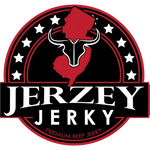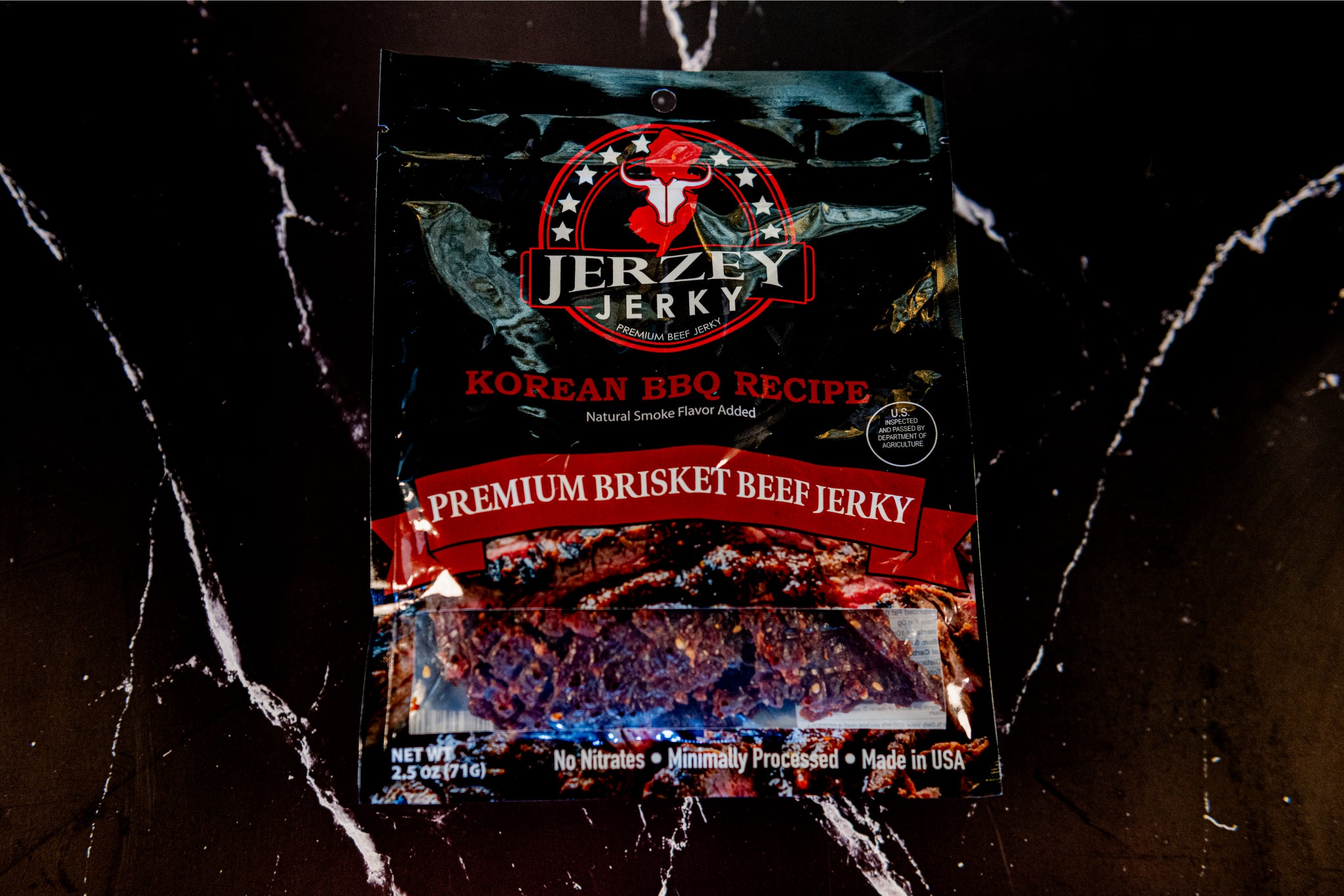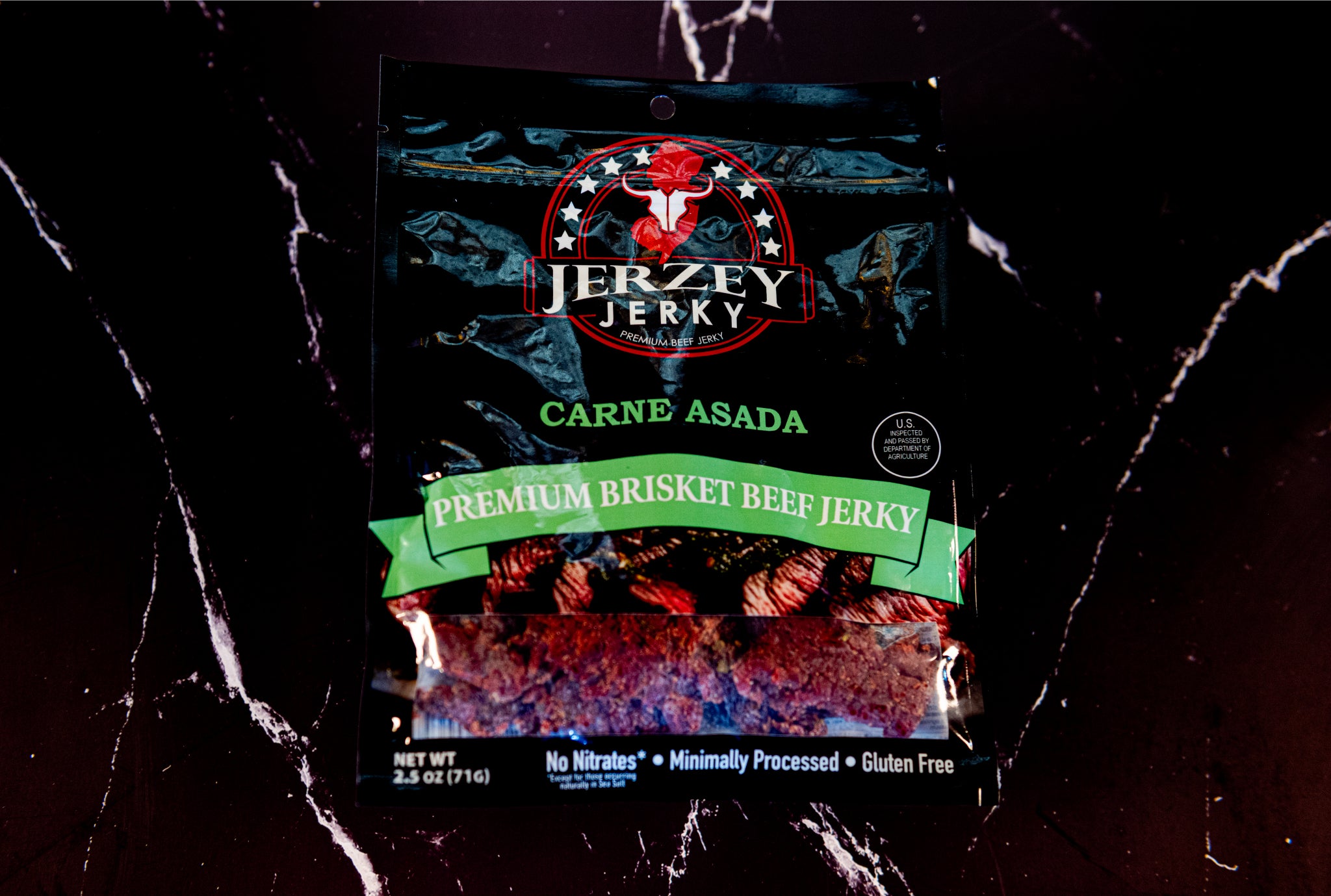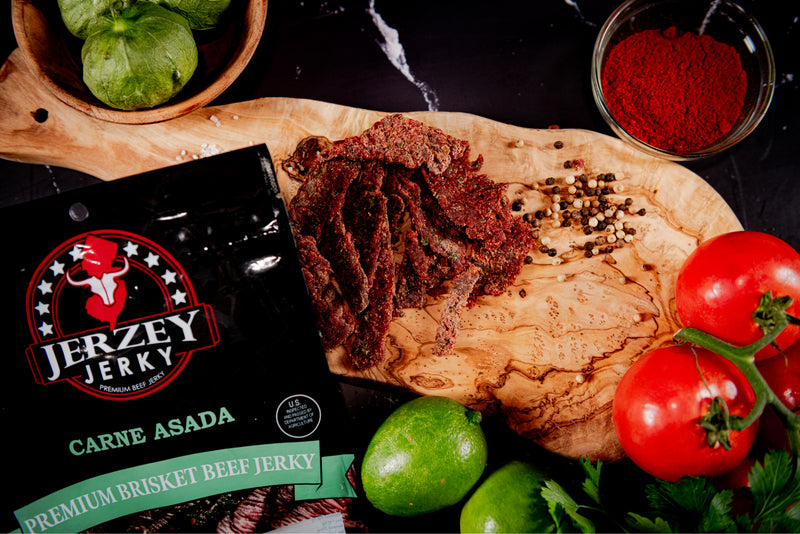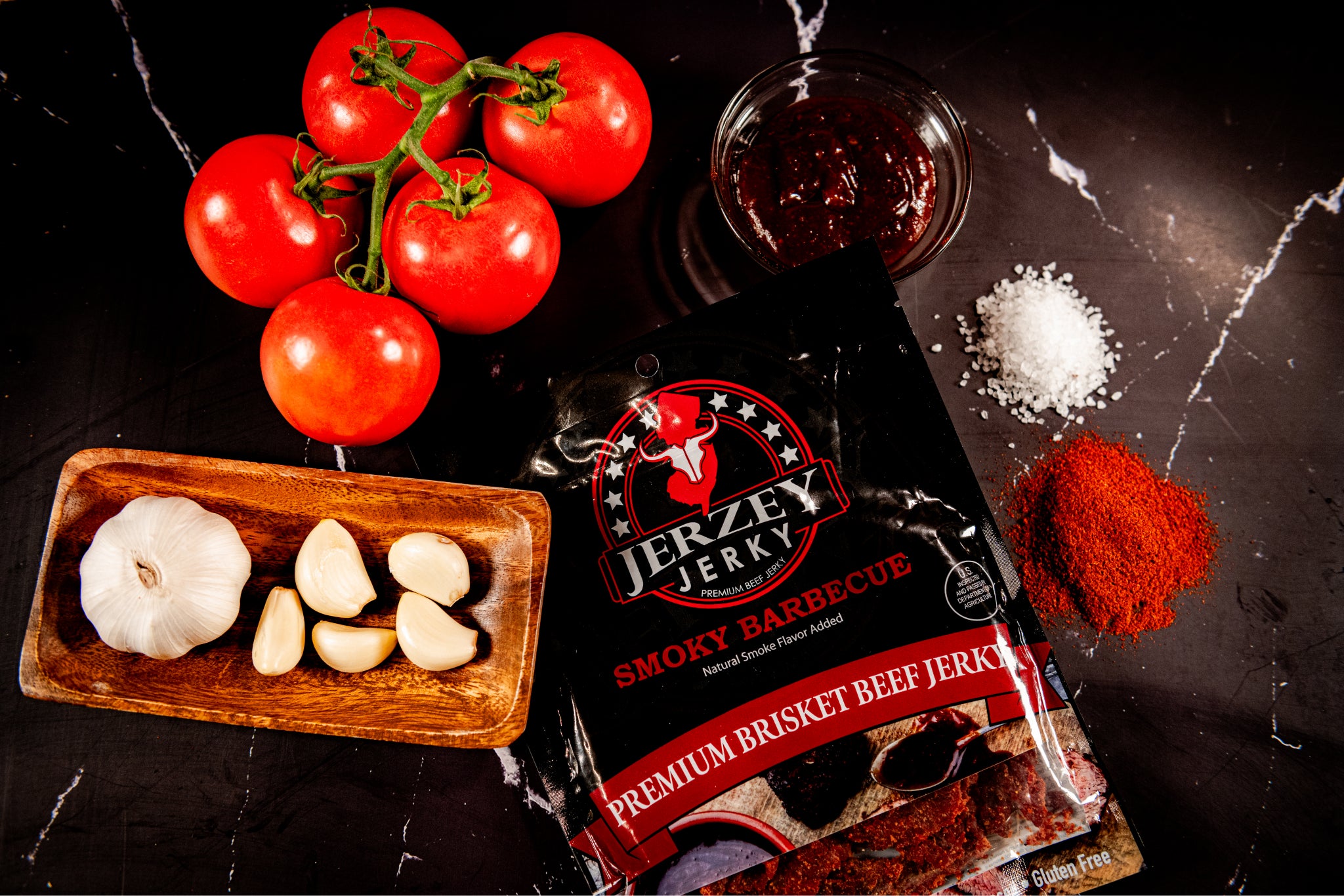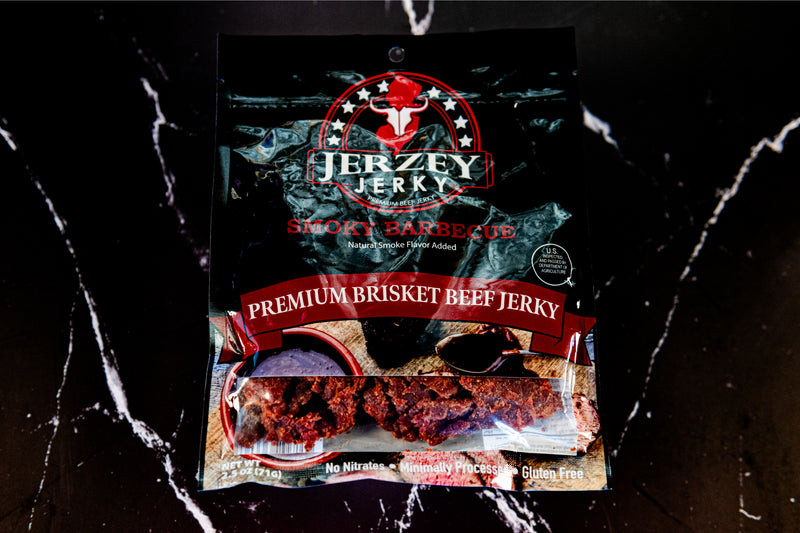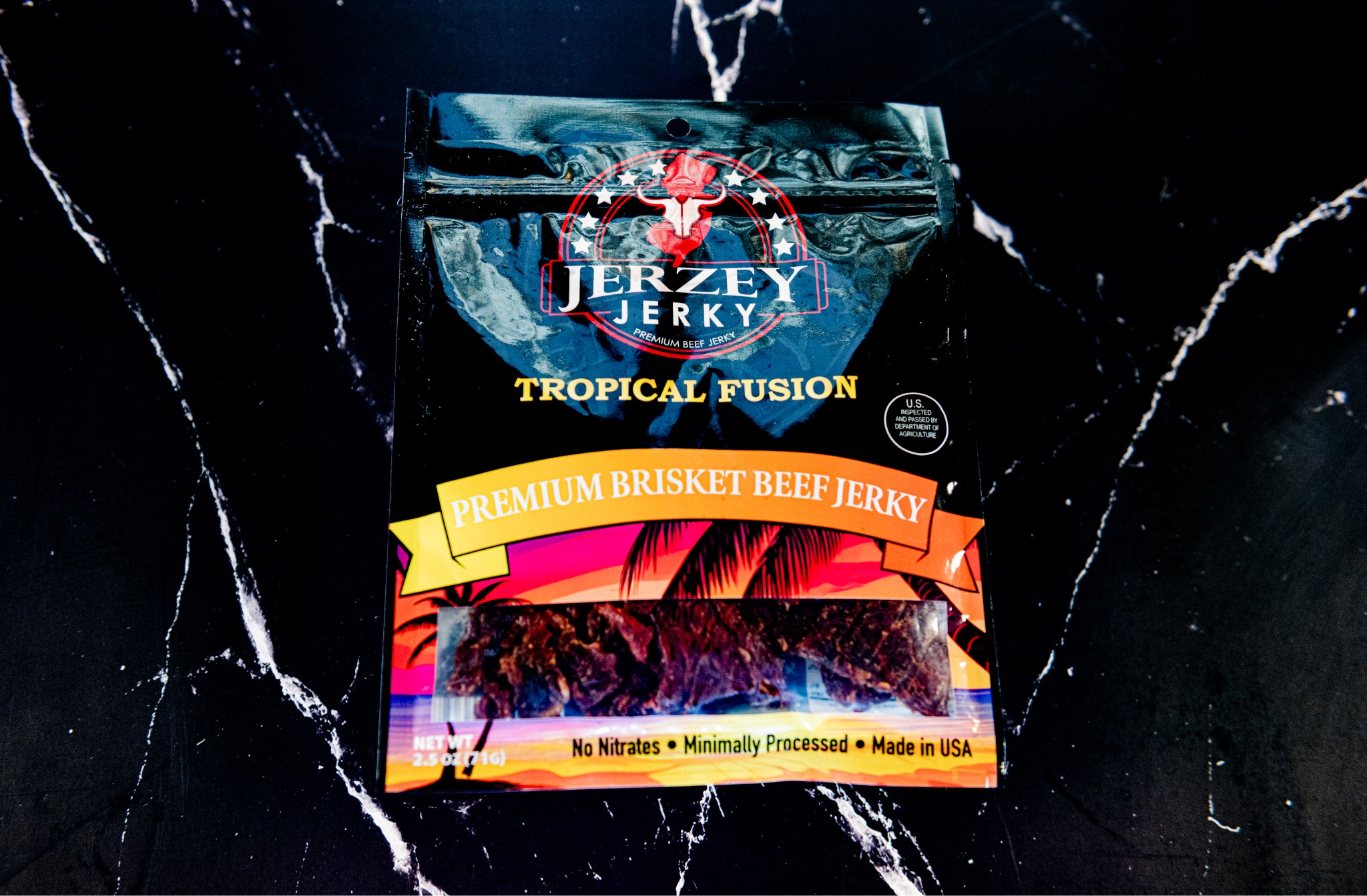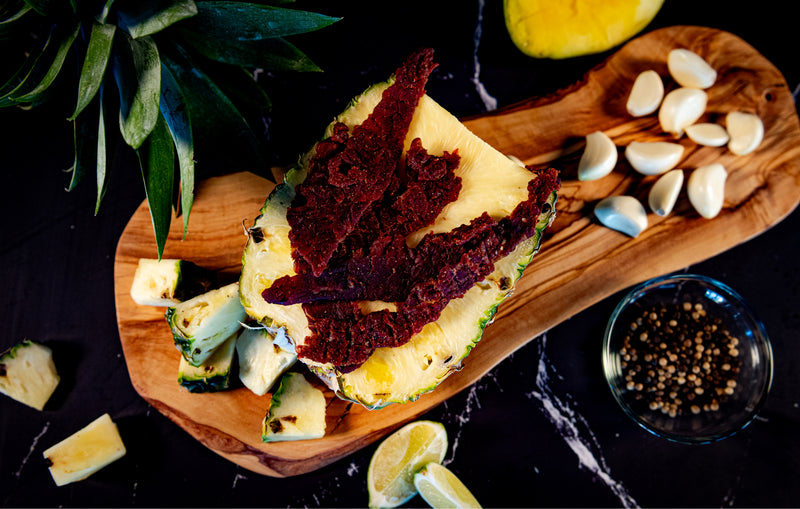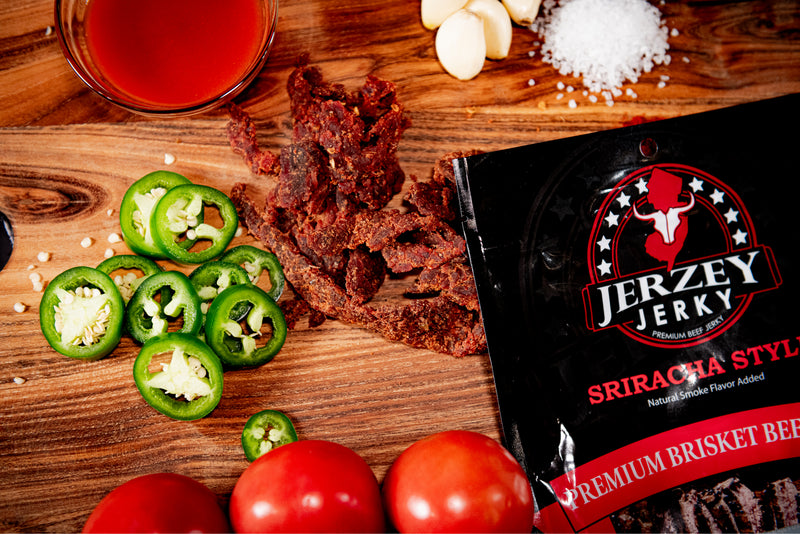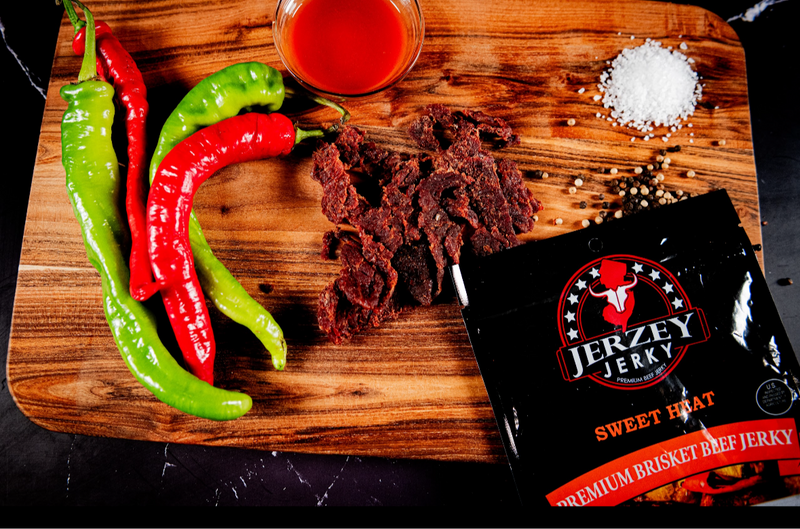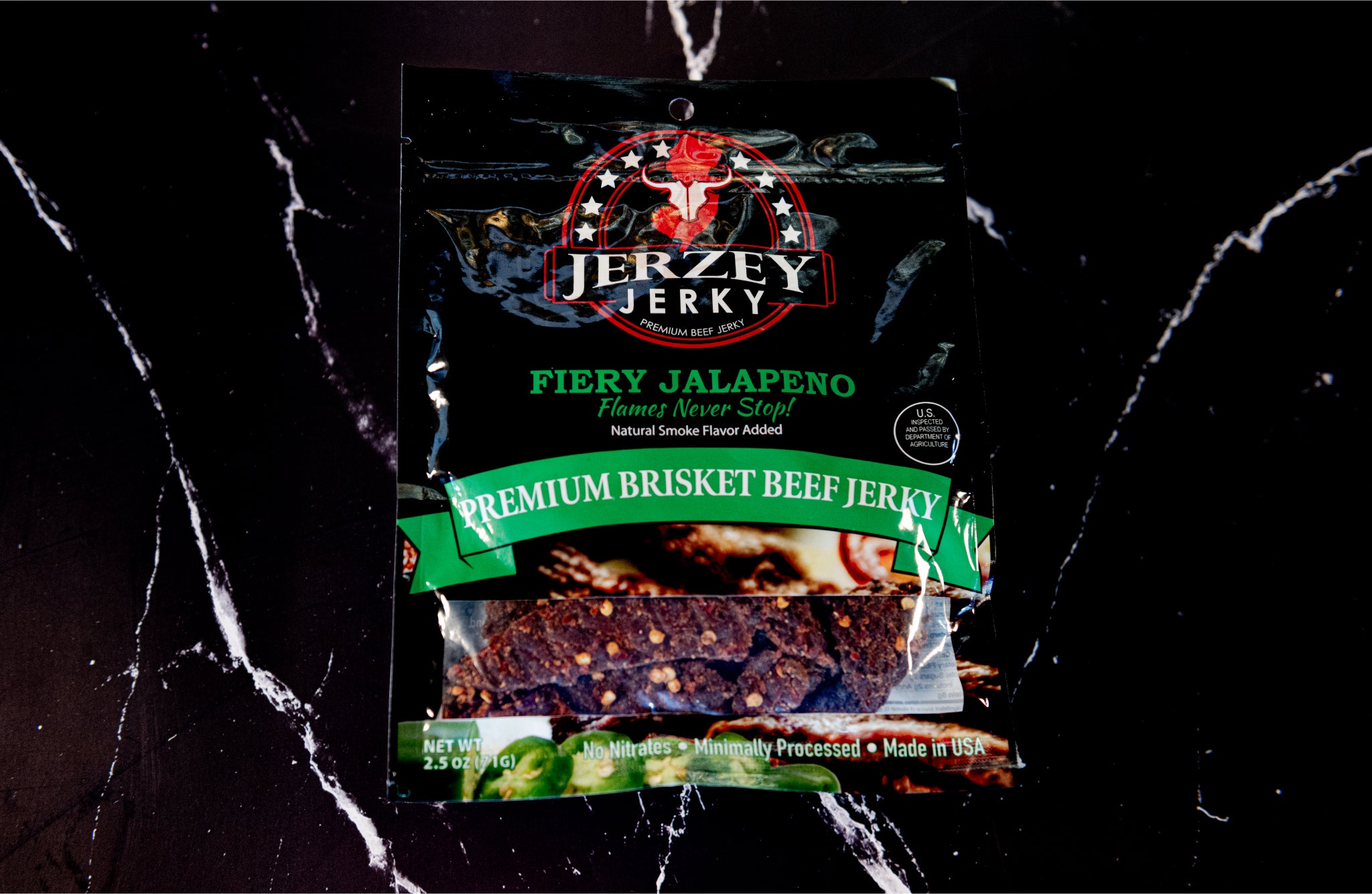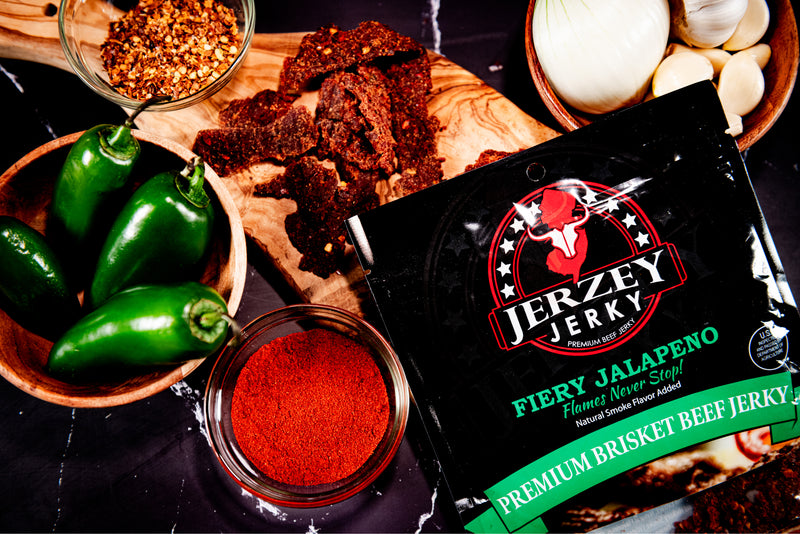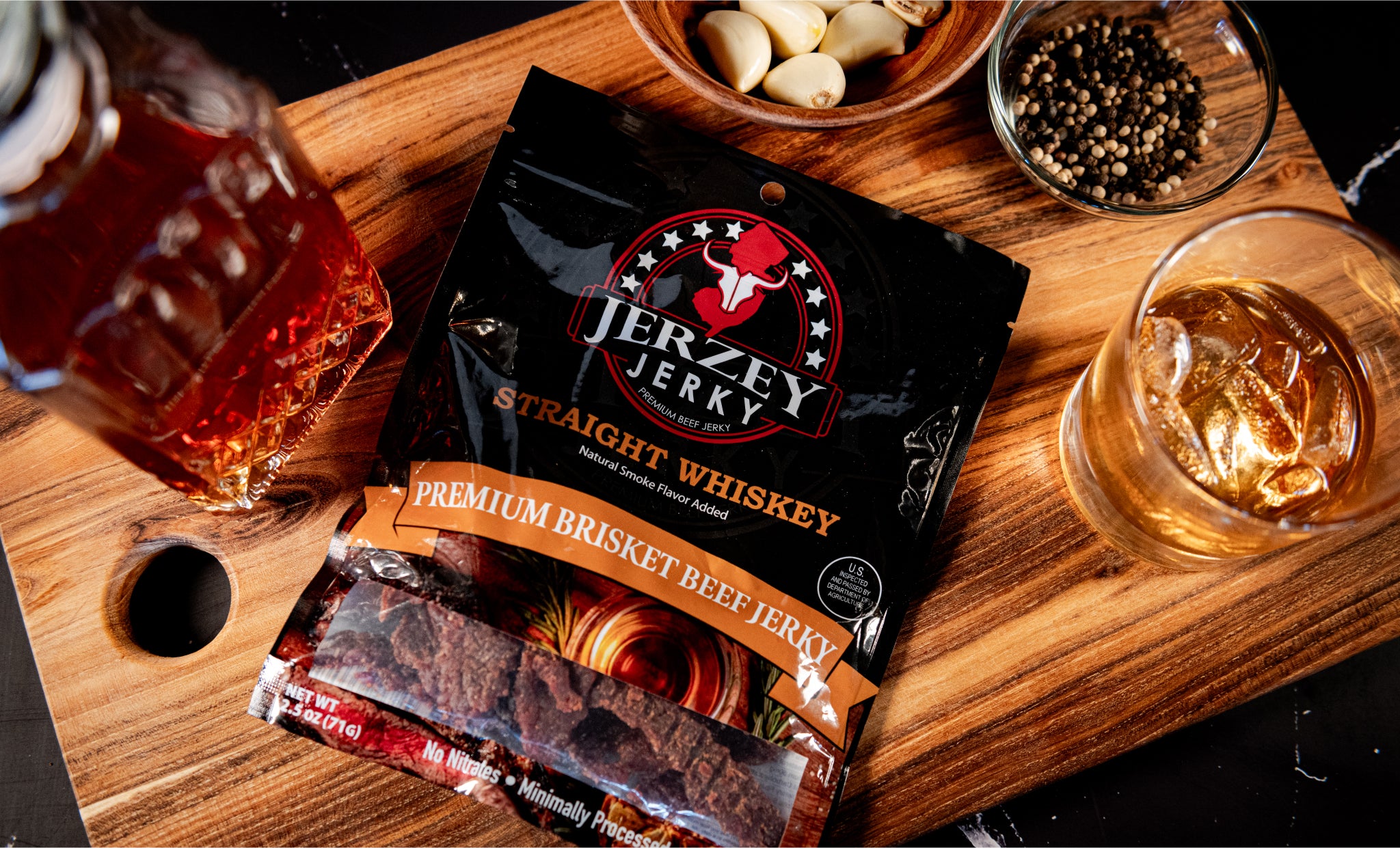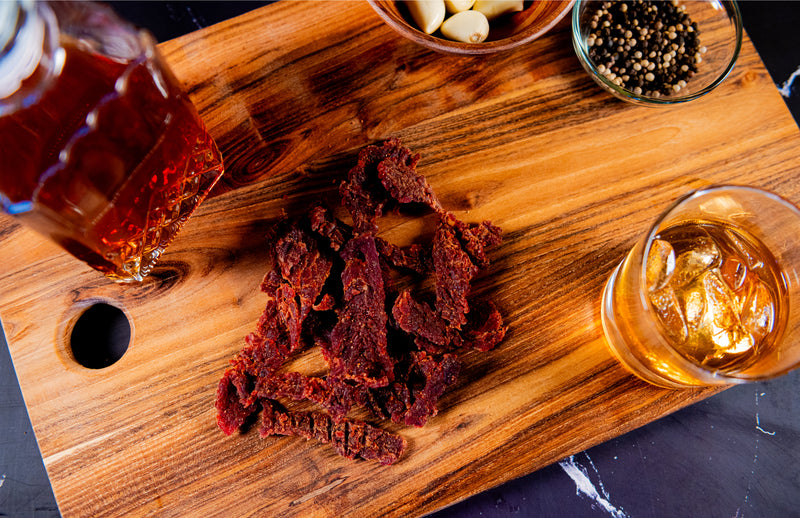
Cured Beef: Characteristics, Nutritional Value & How to Identify
Cured beef is preserved using nitrates, salt, or other seasonings, and it is able to be dried, smoked, or cooked. This process of preserving beef enhances its characteristics, nutritional values, and flavor. Cured beef looks pink or reddish due to the reaction of myoglobin with nitrates. In the absence of this reaction, beef turns its color to brown. Cured beef includes beef jerky, pastrami, corned beef, bresaola, and other regional specialties. Clostridium botulinum is known for causing botulism; nitrates and nitrites inhibit its activity in the body. This is the traditional preservation technique used worldwide for centuries.
What is the Nutritional Value of Cured Beef?
The nutritional value of cured beef depends on these six food components:
- Calories: The calorie percentage in curd beef depends on the cutting, preparation, and curing of beef. Air-dried and lean beef contains fewer calories than the fattier cuts like corned beef brisket. For example, bresaola cured beef(air-dried) has 148–153 kcal, while cooked corned beef brisket contains 213 kcal.
- Protein: The Curing process of beef concentrates its nutrients, increasing the protein content per ram of the beef. Cured beef contains all the essential amino acids that are required for body growth, muscle repair, and the production of hormones and enzymes. Protein content per 100 grams in cured beef depends on the specific product. Pastrami contains 15.8-21.8 grams, canned corned beef has 15-27 grams, and dried beef offers 31 grams of protein.
- Fat Content: It varies with the type of beef; lean cured beef (bresaola) has 1.6-4.3g of total fat and 0.5g of saturated fat. Whereas, a fattier piece of beef, like the pastrami, navel, or brisket, contains 5.4–8.6g total fat and 2.68–2.7g saturated fat. The fat content also affects the texture and flavor of beef. Frontier cuts taste richer than lean cuts. Cured beef also raises LDL cholesterol, mainly due to saturated fat, which is higher in corned or pastrami beef.
- Sodium: Cured beef contains a high level of sodium due to salting and brining. Lean bresaola contains low fat and calories, but sodium content is high due to the curing process. It removes moisture and concentrates the salt. 100g of bresaola contains 2,790 mg of salt, whereas pastrami contains 1000-1200 mg.
- Vitamins & Minerals: Cured beef is a good source of vitamins B and minerals like zinc, iron, phosphorus, and selenium. Vitamin B12 is useful for nerve functioning and DNA synthesis, and Riboflavin(B2) converts food into energy. Iron is necessary for hemoglobin production, and zinc is an important mineral for proper immune functions.
- Health Note: It’s considered for its high nutritional content, but the preservative and the sodium content also need to be counted. Excessive intake of sodium leads to hypertension and causes heart disease and stroke.
Shop the best-selling Teriyaki Beef Jerky - Brisket & Korean BBQ Beef Jerky - Brisket !
What are the Characteristics of Aged Beef?
These are the four characteristics of aged beef:
- Texture: Naturally occurring enzymes(calpains or cathepsins) break down the tough connective tissues and muscle fibers, which causes tenderness. It leads to the juicy texture of beef, which dissolve on every bite.
- Flavor Profile: The beef flavor becomes more concentrated and robust due to the absence of moisture. Enzymes break down fats and proteins, which causes toasted nuts, buttered popcorn, or an aged cheesy taste. Longer aging, like 45+ days, also leads to earthy pungent or blue cheese-like flavor.
- Appearance: Beef appears darker brownish when exposed to air, as it loses its moisture and oxygen. Dry-aged beef builds harmless, fuzzy white mold on the surface during the aging process.
- Smell: Dry-aged beef contains a stronger, more concentrated aroma compared to fresh beef. A savory, ripe, and rich aroma is the sign of dry-aged beef, whereas rotten steak contains a foul smell.
How to Identify Dry-Aged Beef?
Dry-aged beef is identified using the following four characteristics:
- Color: With the loss of moisture, the exterior surface of the beef develops a dark brownish to black colored pellicle. This pellicle acts as a protective layer. After trimming the darkish surface, a reddish surface with concentrated flavor appears.
- Smell: A distinctive or complex aroma is also used to identify the dry-aged beef. It also changes with the taste of the beef. A concentrated flavor results in an umami-heavy and beefy scent. Enzymatic breakdown also enhances the flavor by breaking down fats. Longer aging time(45+ days) causes a savory, rich smell which is strong but not unpleasant.
- Packaging: Dry-aged beef is labeled as “28-day dry-aged” to distinguish it from fresh beef. The number of days is mentioned to clearly show the flavor and tenderness of beef. 60 to 90 days of beef offers more funky cheese flavor.
- Texture: Tender, juicy, and softness is also a sign of dry-aged beef. Collagen breaks down during aging, which reduces the chewiness of the dry-aged beef. It offers an easier and more delicate bite than wet-aged beef.
How is Dry-Aged Beef Made?
Dry-aged beef is made under these four conditions:
- Environment: A high-quality cut with a significant amount of fat is selected for a successful aging process. The beef is placed on a rack under proper temperature between 34°F and 39°F (1–4°C) for optimal enzyme activity and to prevent spoilage. A required humidity level(75% and 85%) is maintained to prevent beef from developing excessive moisture or drying out too quickly. Constant air flow is achieved using fans to ensure consistent drying and inhibit the growth of harmful bacteria.
- Duration: The bee, if left for a few weeks to several months, for proper aging. 21 to 45 days are common for tender texture and intensified flavor. A longer aging period is preferred for strong, funky, or ococheesy-flavored beef
- Moisture less: Moisture (up to 30%) evaporates slowly from the beef. This concentrates the remaining fat and flavor and results in more stronger and complex beefy taste.
- Enzymatic breakdown: During the aging process, natural enzymes(like proteases) tenderize connective tissues and muscle fibers. It gives the beef a tender structure.
- Pellicle and Trimming: The aged dry beef forms a brownish pellicle that protects the internal beef from evaporation. This pellicle is trimmed at the end of the aging process. The trimming process is a significant contributor to the high cost of dry-aged beef, as it reduces the final yield.
What are the Buying & Storage Tips for Aged Beef?
Here are the four buying and storage tips for dry-aged beef:
- Selection: Buy beef from a reputable grocery store or butcher to maintain quality. Ask them about the preparation procedure and how long the beef is aged. Look for clearly labeled beef, which indicates quality and transparency. Choose the right cut with a good marbling and a large, fat cap.
- Storage: Dry beef has a shorter life span in the refrigerator than wet-aged beef. Consume within 3–5 days after purchase. After trimming, prevent its direct exposure to oxygen. This preserves flavor and prevents the exterior from drying.
- Freezing: Dry beef is stored in a freezer, but its texture changes after a limited time. In order to increase its life period, store it in a vacuum-sealed, airtight package.
- Trimming: Ensure the outer dried(brownish or blackish) layer is properly trimmed before cooking. The dry, trimmed exterior of a large dry-aged cut is discarded, but some people use it to create highly flavorful ground beef or stock.
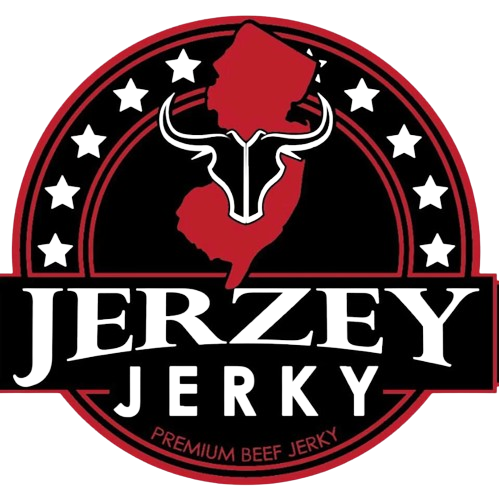
 2025-09-11
2025-09-11
 Wayne Holland
Wayne Holland

